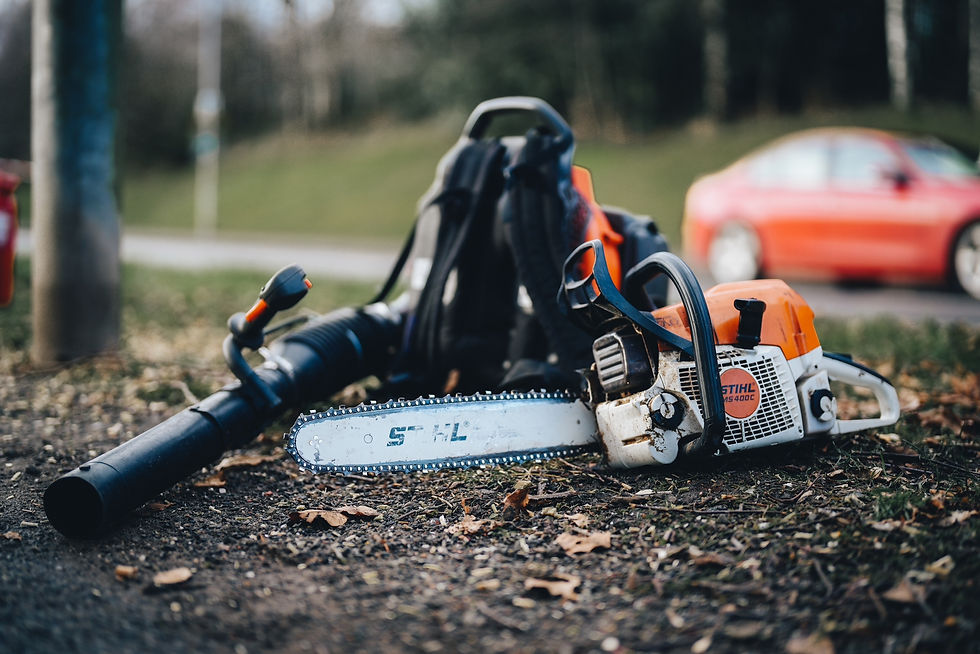Tree of the Month - Yew (Taxus Baccata)
- Neil Foote

- Apr 28, 2022
- 2 min read
It's May! Yes, it's cold and miserable but to cheer you all up we have put together some facts and tidbits about the criminally underrated and often forgotten beauty, the Yew.

1. The Fortingall Yew, found in Perthshire is known to be one of the oldest trees in the British Isles, estimated to be between 2000 and 3000 years old. Allegedly the birth site of Pontius Pilot, this tree cannot be held accountable for his actions.

2. The exact age of some of the oldest Yews cannot be given for the simple reason that the heart wood of the tree has rotted away due to hundreds and thousands of years of wear and tear. Many, such as the Fortingall Yew, split due to this phenomena but stay alive due to the species hardiness.
3. Nearly every part of the Yew tree is highly toxic, owing to the high concentration of Taxine B in the seeds and leaves. If you or your pets ingest any part of the Yew tree, you should seek immediate emergency care.
4. The wood lends itself exceptionally well to bow making, famously the wood used in the longbow used for centuries. So in demand was the wood that entire countries partook in mass deforestation, and in the instance of Poland the King himself in 1423 outlawed the felling of any Yew for any reason.

5. Due to its ability to root and sprout new growths from its branches which touch the ground, the Yew is believed to symbolise immortality and the cycle of birth and death.
6. For those of you who suffer from allergies, the male Yew is a complete nightmare, with a allergy scale rating of 10 out of 10 according to the Ogren Plant Allergy Scale, a system set up to rate and understand the allergy properties of different plants. Interestingly enough, the female Yew scores 1 out of 10, owing to the fact that it releases no pollen and only traps it.
7. The leaves of the Taxus Baccata has significant cancer fighting potential, first discovered in 1967. Later, the bark of the Pacific Yew would be used to form the precursors for the chemotherapy drug paclitaxel.
8. Similar to Cedar and Pine, Yew is a softwood, but is considered the hardest of them. The flexibility fo the wood is what lends it to bow making and carving, but care should be taken when working with it as the toxins found in the leaves and bark also exists within the wood.
9. Yew were often planted on sites of Churches in order to protect the buildings from high winds. It is also suggested that this served the double purpose of keeping pesky farmers from grazing their animals on hallowed ground.
10. Root rot, needle blight and sooty mould are all diseases too look out for that all to commonly spell disaster for Yew trees world wide. If you spot the beginnings of any disease or damage, give us a call and we can provide you with a no obligation quote to get your Yew ship shape.


If you have any questions about a Yew or need any of our tree services to help maintain your tree then get in contact. We offer tree surgery and Arborist services in Glasgow, Stirlingshire, Perthshire and surrounding areas.

.png)


Comments